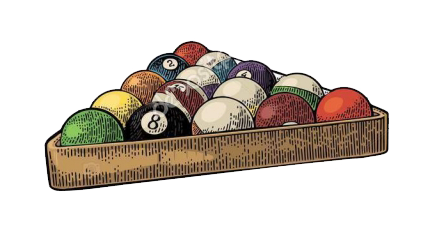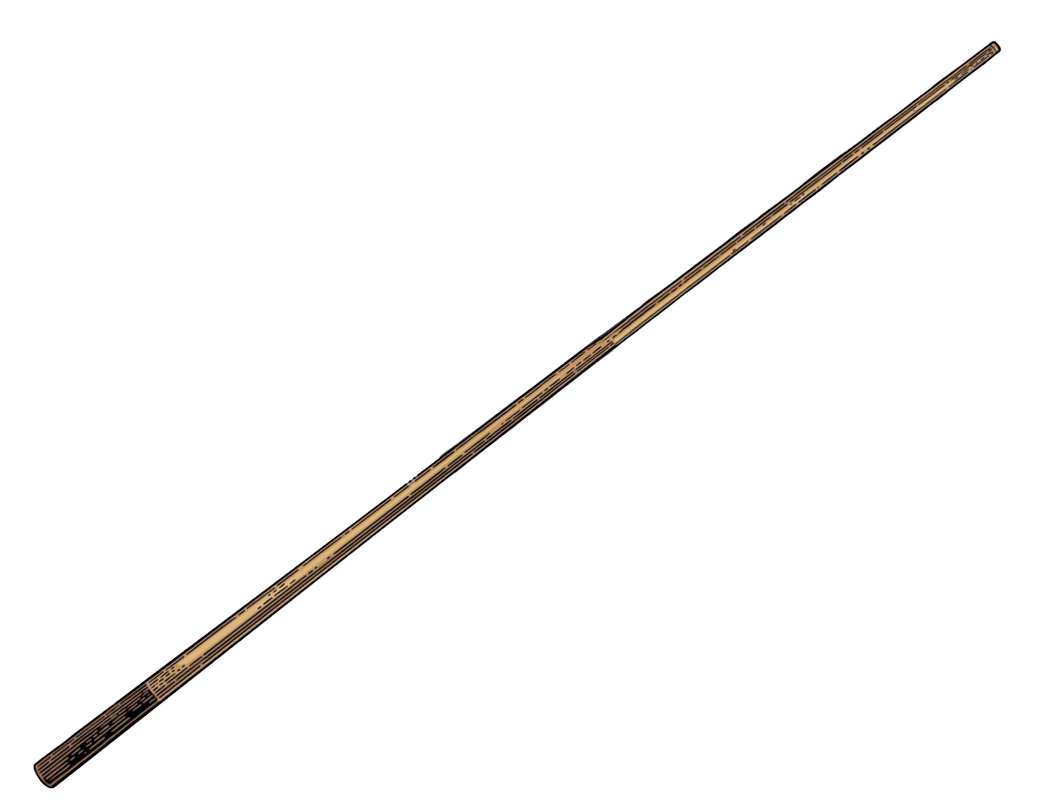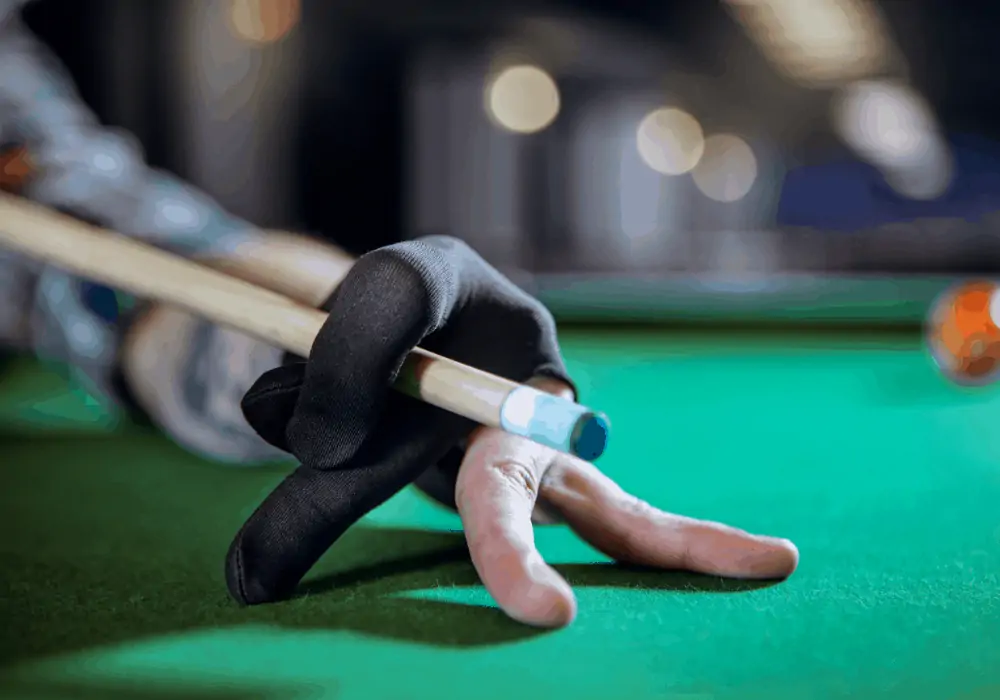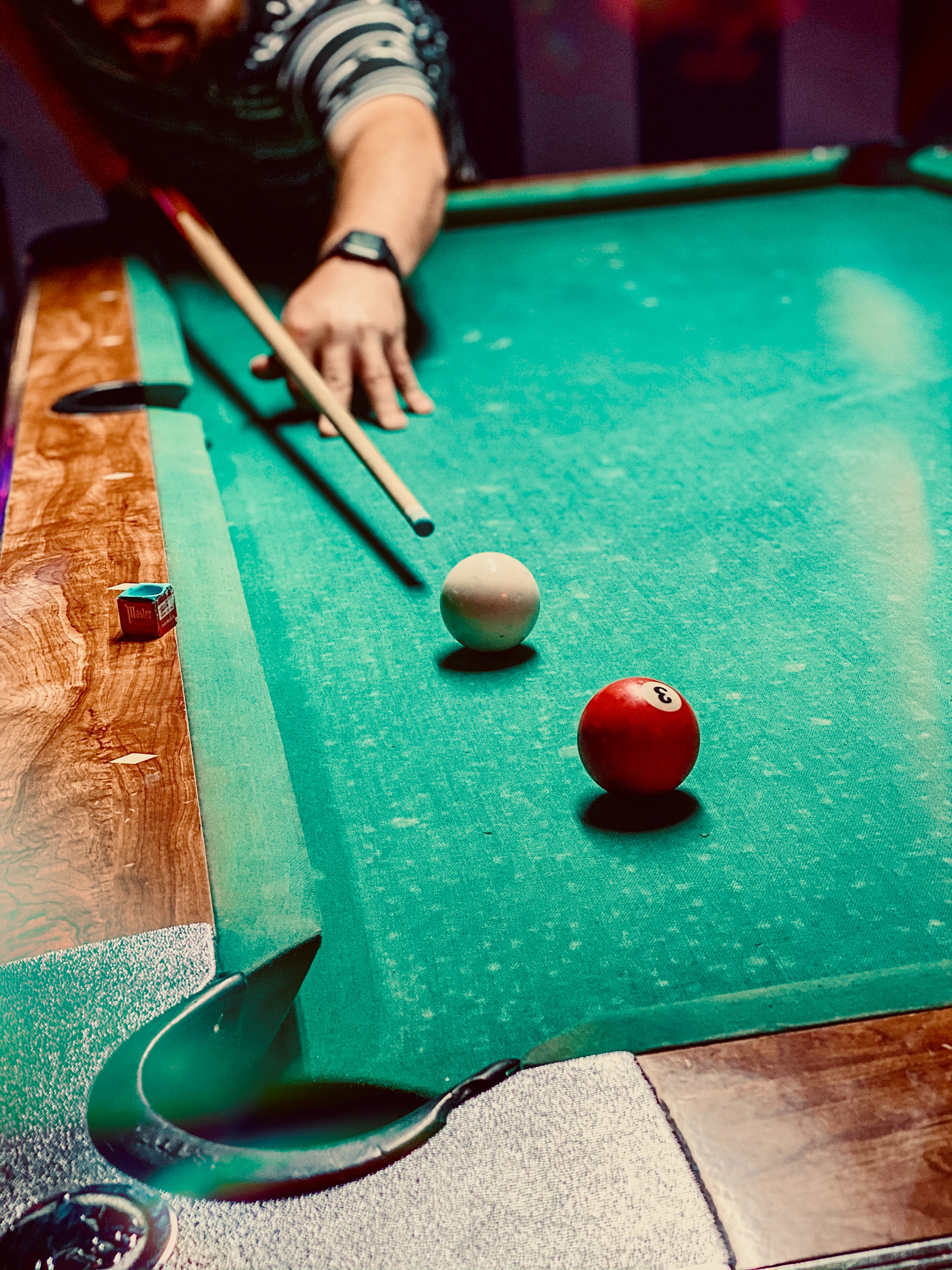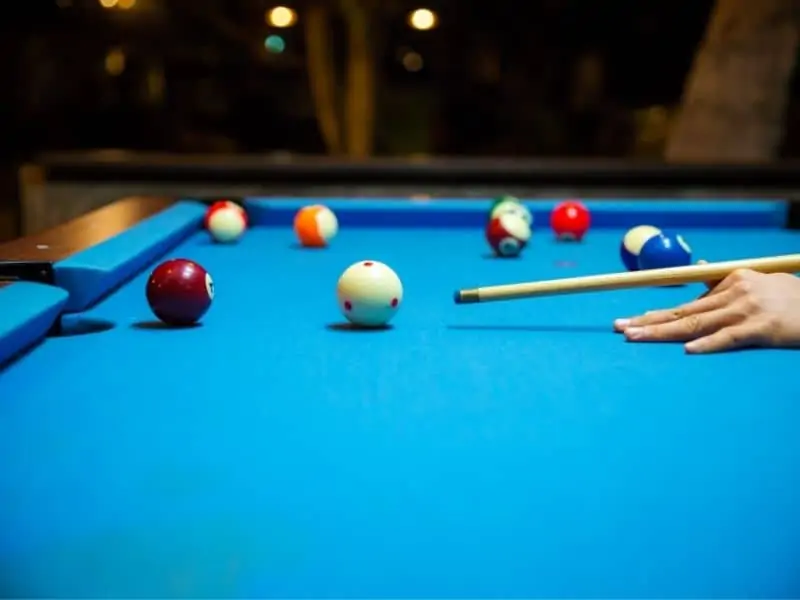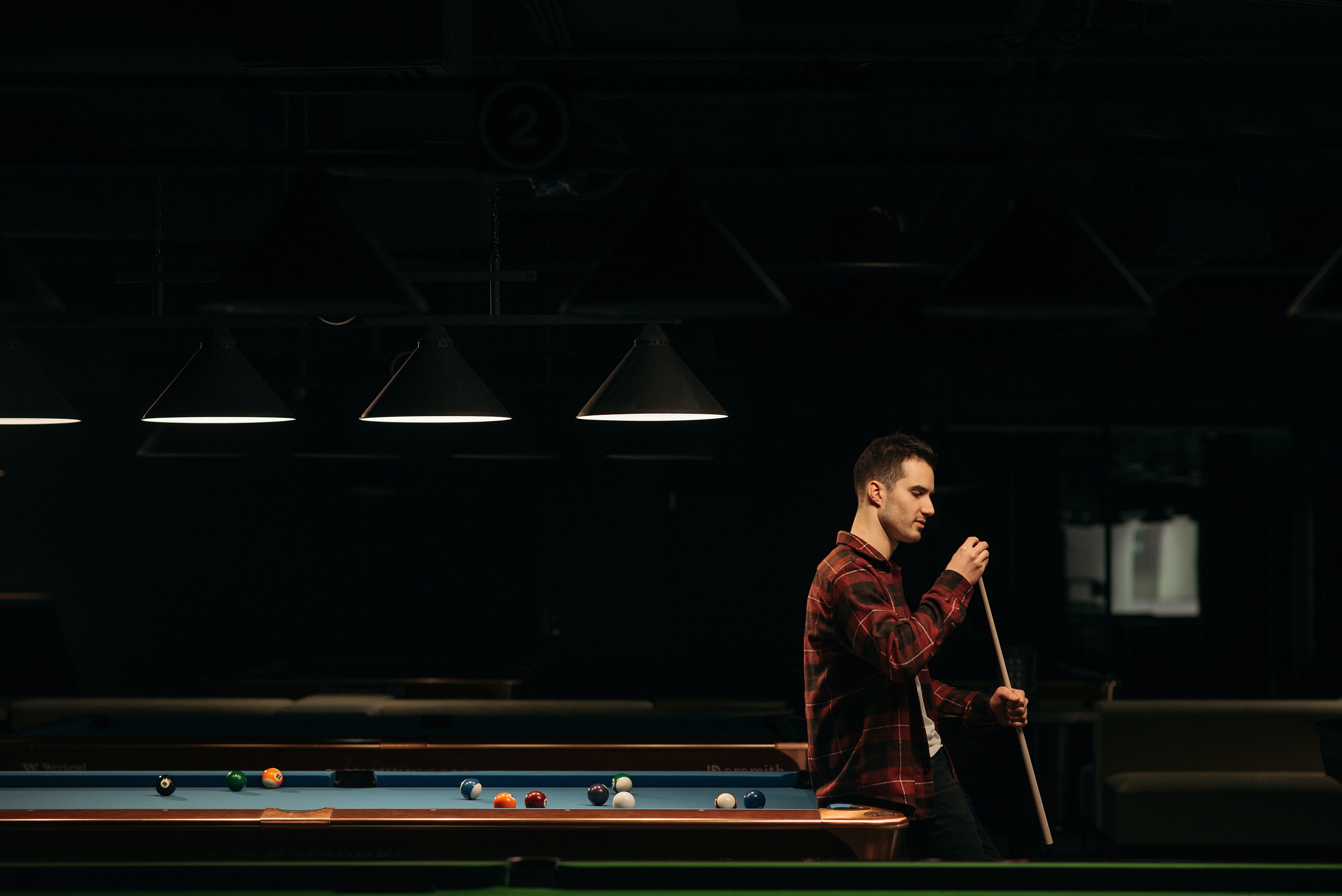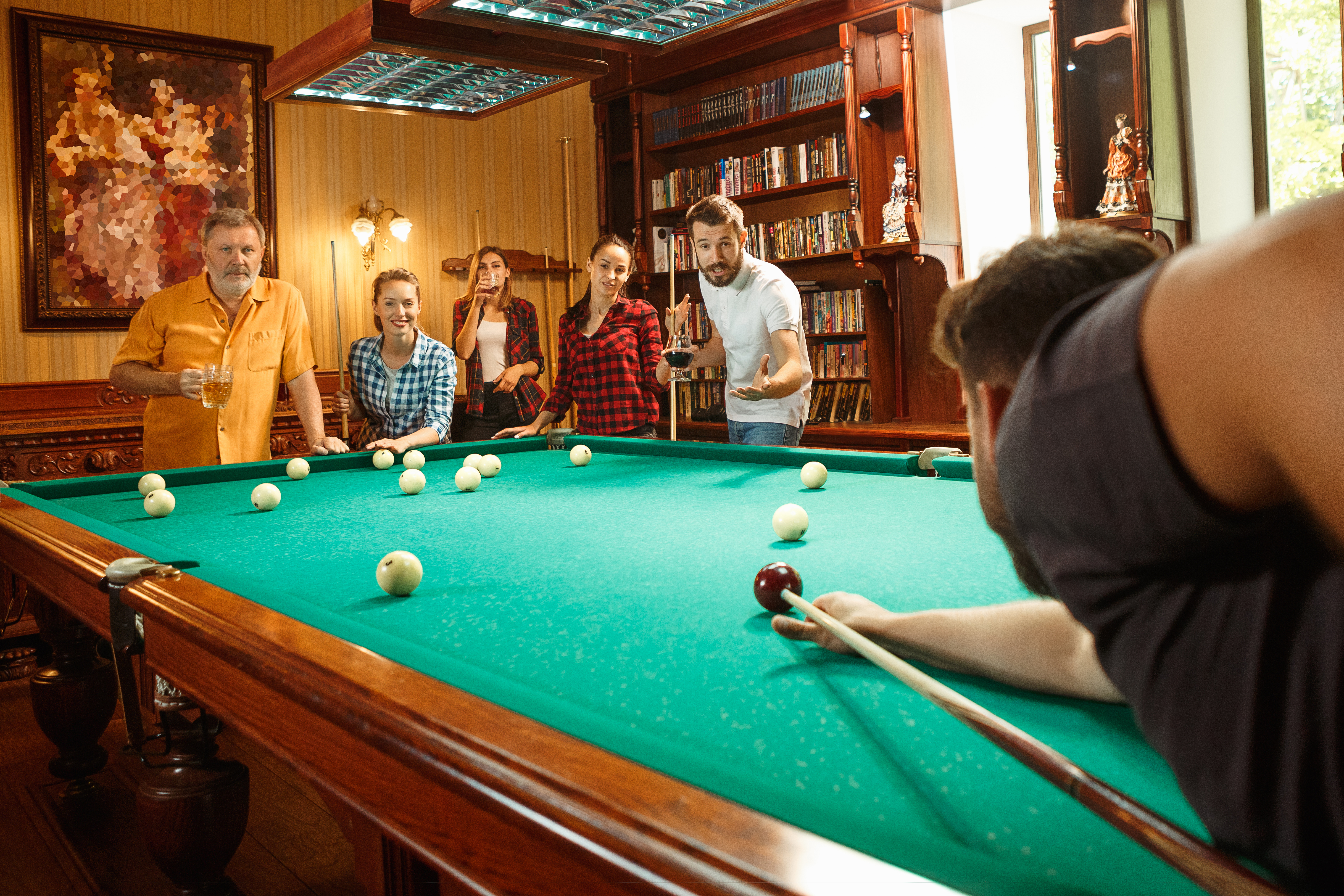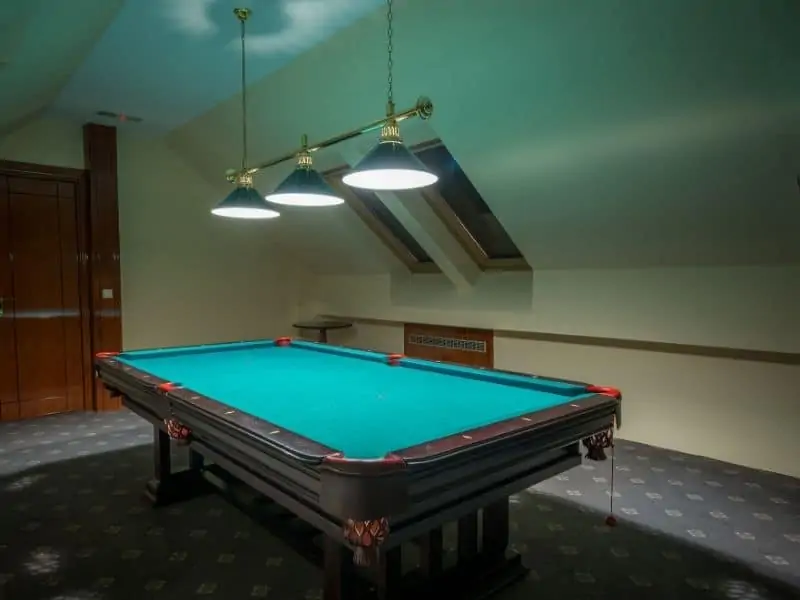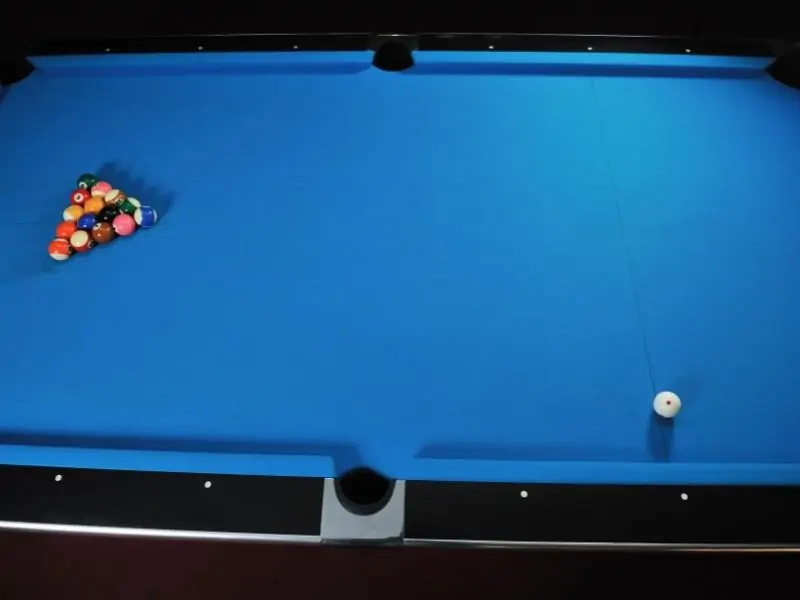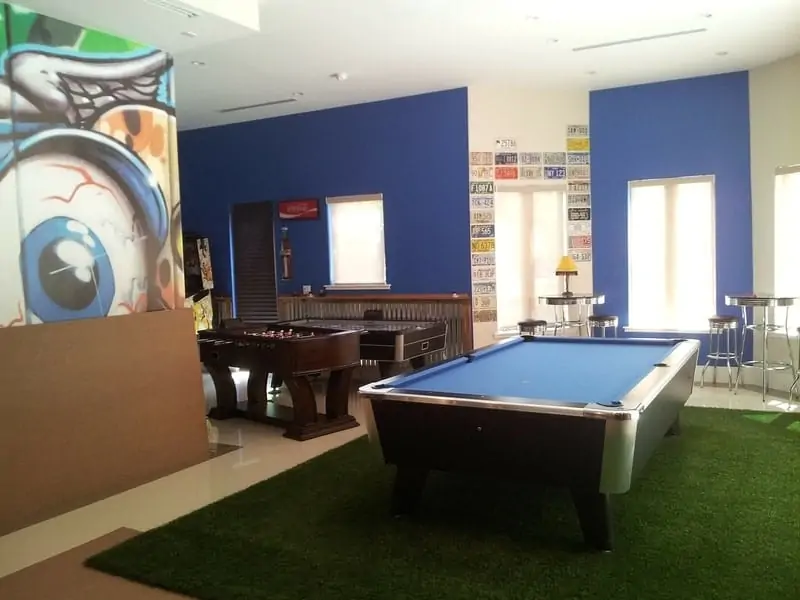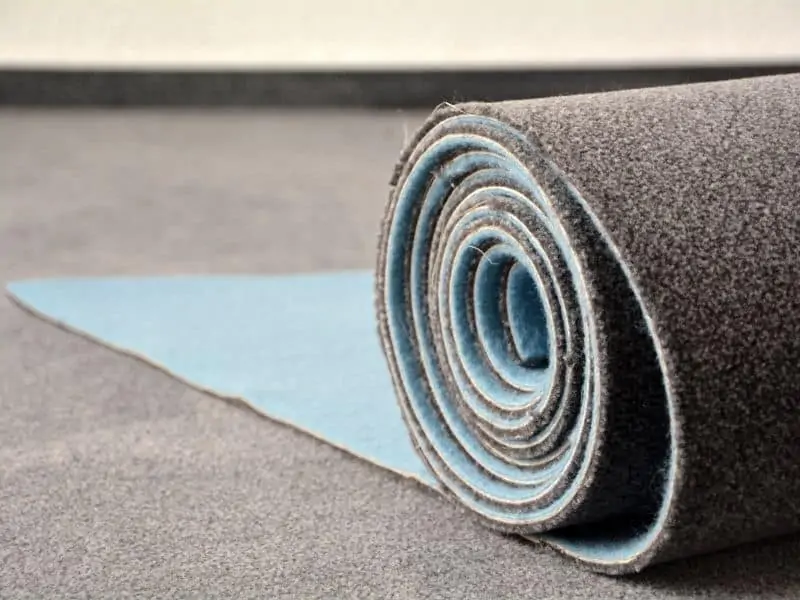Low deflection shafts are a fairly recent invention. As a result, many pool players today learned on standard shaft cues, while others learned on low deflection (LD) shaft cues.
LD players swear by their cues and standard shaft players swear by theirs. It can be hard to know who to listen to, especially if you’re fairly new to the game. That’s why its not uncommon to hear the question, “Do I need a low deflection pool cue?
Whether or not you need a low deflection pool cue is highly dependent upon your needs as a player, your level of experience, and how invested you are in getting better. Generally speaking, anyone looking to improve their skills at the pool table should get a low deflection cue. Casual players, or those who have played with standard shafts for long periods of time, may not find it beneficial to purchase a low deflection pool cue.
If you’ve been tossing around the idea of getting a low deflection pool cue, you’re not alone. As more and more players begin playing pool, the more this question pops up.
If you’d like to know more about low deflection pool cues and whether or not one is right for you, keep reading to learn more. In this article we’re going to share with you everything you need to know about low deflection pool cues.
What is a Low Deflection Pool Cue?
Low deflection cues are pool cues that are designed in such a way to reduce “squirt” as much as possible. Squirt, also known as deflection, is the angle change of the cue ball that happens any time you take a shot. There is some degree of squirt on every shot, but LD shafts reduce it as much as possible in order to improve accuracy.
Generally speaking, the amount of squirt grows higher the more “English,” or sidespin, you put on the cue ball. So a straight shot, like a break, will usually have a very small amount of squirt, whereas a shot with a lot of English on it will have more squirt and therefore more deviation from the intended target.
When you play with standard shaft cues there’s more squirt, so you learn to compensate for it. On low deflection cues, there’s less squirt and, as a result, less compensation required. This is why it’s hard for people to switch between the two styles; they end up either over or under-compensating.
What Makes a Low Deflection Cue Work?
To put it as simply as possible, the more flexible the top of the shaft is, the less deflection (squirt) it will create. Standard shafts are usually made from one solid piece of wood which makes the tip less flexible and causes more deflection.
So the trick is to make a cue shaft that is as flexible as possible while simultaneously being sturdy, well-constructed, and long-lasting. There are a couple of different ways that cue manufacturers do this.
The most common design for low deflection shafts is a hollow tip about 6” in length combined with a cushion in the ferrule to absorb impact. Other manufacturers hollow out the shaft tip and then fill it with lighter wood, foam, or carbon fiber to reduce weight while maintaining strength.
Some low deflection cues even have slightly smaller tips and ferrule’s to further reduce deflection. All of this serves to reduce end-mass in the shaft, making it possible for the tip to move out of the cue ball’s way just after impact. On standard cues, the shaft pushes the ball out of the way causing more deflection.
The energy of the impact between ball and cue has to go somewhere. On LD shafts, the tip of the cue takes that energy and on standard shafts, the cue ball takes that energy.
Here’s a quick video to help explain deflection and how LD shafts work.
Benefits and Advantages of Low Deflection Cues
Accuracy: As discussed above, the low deflection shaft makes for more accurate shots due to the need for less compensation. This is the biggest benefit inherent in such cues. After all, accuracy can be the difference between winning and losing.
More Room for Error: When playing with a low deflection shaft, you’re taking shot variation due to deflection out of the picture. This means your ball goes where you want it to more often, and it also means that a slight aiming error won’t send your cue ball far out of the way. In this way, low deflection shafts give you a little more room for error than standard cues.
Longer Lasting: Due to the overall quality of construction and the consequently higher price-tag, low deflection cues generally last longer than their standard counterparts. Many LD cues are reinforced with a special kind of laminate, as well, for radial consistency.
Lower Learning Curve: For those players just starting out, or those just getting serious about their game, low deflection cues offer a lower learning curve. Since LD cues allow for less squirt, it’s much easier for beginner and intermediate players to up their skills. More deflection means more compensation which means a higher learning curve.
Consistency: All of the other advantages already mentioned combine to deliver more overall shot consistency. This means that if you hit the cue ball in the same place twice in a row, you can expect it to travel on the same relative trajectory. Of course, there’s still lots of skill involved, but for your level of play, you’ll start seeing more consistency in your shots.
Are There Any Disadvantages of Low Deflection Cues?
There are some disadvantages to playing with low deflection cues, but most of them have to do with player preference than anything inherent in the cue. Here are a few examples.
More Expensive: Since low deflection cues require special construction compared to standard cues, they usually come with a higher price tag. This isn’t necessarily a bad thing, though. They also come with better tips, ferrules, and designs. As long as you do a little bit of research before you buy, you’ll get a quality cue that will last you a long time. Like anything else, you get what you pay for.
Trouble Jumping: Since LD cues have less mass in their shaft tips, you can expect it to be a little more difficult to perfect jump shots with them. Of course, if you’re really serious about pool you can always invest in a designated jump cue.
Feel and Sound: Some players have complained about the sound and feel of low deflection cues. They sometimes make a hollowed-out sound when hitting the cue ball, but this is more of a personal preference than anything else. The same goes for the lighter feel they have to them, especially near the tip. A 19-ounce cue will still weight 19 ounces, but the shaft may feel a little light, especially to those players that are used to standard shafts.
Difficult to Switch: As mentioned above, it can be difficult to switch to a low deflection cue after years of playing with a standard cue. It’s not impossible, but it does take a bit of practice to get used to the difference in squirt and compensation, especially when putting English on a ball.
Whats the Cost Difference?
Low deflection cues are generally considered better than standard cues. It can be difficult to find a high-end cue that doesn’t come standard with a low deflection shaft. As a result, LD cues are usually more expensive than their regular counterparts. But many players insist the price increase is worth it.
Most low deflection cues also come equipped with better tips, ferrules, butts, and wraps. Be on the lookout for cues under $200 that claim they’re LD. It’s possible that they are, but the rest of the cue may not be of great quality.
Will a Low Deflection Cue Improve My Game?
Don’t think that buying a low deflection cue will all of a sudden turn you into a pool shark or let you quit your day job to join the pro circuit. It won’t. The only thing that will do that is practice— and lots of it. That is not to say that buying a low deflection cue isn’t worth it. It is. Particularly if you’re just starting out or really getting serious about the game.
Practicing with an LD cue will improve your accuracy and consistency. It will also speed up the learning process and allow a little more room for error. Plus, as long as you take good care of it, an LD cue will last you many years.
Whatever you do, avoid switching back and forth between the two styles. This will only extend the time it takes to develop your skills. Pick one that feels right to you, whether it be low deflection or standard, and stick with it.
Transitioning from a Standard Shaft to a Low Deflection Cue
Switching from a standard shaft to a low deflection cue is a decision many players consider, especially if they’re committed to improving their game. The transition can come with challenges, so here’s a guide on how to make it smoother and more effective.
Understand the Differences
Before making the leap, it’s important to understand how low deflection cues differ from standard shafts. Familiarize yourself with the concept of deflection, the flexibility of the tip, and the reduced squirt that low deflection cues offer. Knowing what to expect will better prepare you for the switch.
Take a Test Run
Before investing in a new cue, try playing a few games with a low deflection cue. Most pool halls offer a variety of cues, and you can usually rent or borrow one to see how it feels. This hands-on experience will give you valuable insights into what to expect.
Gradual Transition Period
If you’ve been playing with a standard shaft for a long time, your muscle memory is conditioned to compensate for more deflection. It’s crucial to give yourself time to adapt to the new playing conditions. Start by practicing fundamental shots and gradually move on to more complex plays like applying English or performing jump shots.
Seek Guidance
Switching cue types can feel like learning a new language. Seek advice from players who have already made the switch. They can provide you with tips on how to adjust your stance, grip, and swing to maximize the benefits of a low deflection cue.
Keep a Practice Journal
It may be helpful to keep a practice journal during the transition. Note down the differences you feel, the challenges you encounter, and any tips or cues that seem to help you adapt. This written record can help you better understand your progress and areas where you might need more focus.
Be Patient and Consistent
Last but not least, patience is key. Changing to a new type of cue will require a period of adjustment. Don’t get discouraged if you don’t see immediate improvements. Consistent practice is the only way to truly adapt and make the most of your new low deflection cue.
Switching to a low deflection cue can be a rewarding experience that elevates your pool game, but the transition takes time and effort. Whether you are a novice wanting to start on the right foot or a seasoned player looking for more accuracy and consistency, adapting to a new type of cue is a journey worth taking.
A Little Low Deflection Cue History
The company credited with pioneering this technology is known today by the name Predator. Back when they first came out with the low deflection (LD) shaft in the late 1990s, they went by the name Clawson Cues. Some people claim that the Meucci company was the first to introduce the LD shaft, but Predator simply had a better marketing strategy.
Whatever the case may be, today Predator is recognized by most as the premier maker of quality low deflection pool cues. Almost every “Top Low Deflection Cue” list has at least one of these Predator cues in it:
But it looks like the company OB Cues is trying to give Predator a run for its money. People seem to love the OB1 and OB2, as well, for quality low deflection cues.
Recommendations
As just mentioned, Predator has been making LD shafts for quite some time now. Thats not to say that other brands arent making quality LD shafts as well, but Predator has a proven track record for LD shaft technology.
The Predator Revo and Z-Shafts are definitely worth looking into, but one of their most popular shafts is the Predator 314. The 314 has been enhanced over and over again and is now called the 314-3 (Third Generation). This shaft is by far one of the most popular LD shafts on the entire market! Ask any pool shark about the 314 and 9 out of 10 will recognize it immediately.
If you’re interested in checking it out this awesome shaft for yourself, you can take a look at it here.
 ## Conclusion
## Conclusion
All in all, the technology that goes into LD shafts is far superior to standard shafts. Owning one can definitely take your game to the next level if you’re willing to put in the time. As mentioned before, most professional players use LD shafts and for good reason.
Definitely check out the Predator 314-3 if you’re interested in a great LD shaft with lots of history and experience behind it.
If you have any other questions feel free to reach out or check out our other helpful articles for all of your billiard related questions. Thanks for reading!
